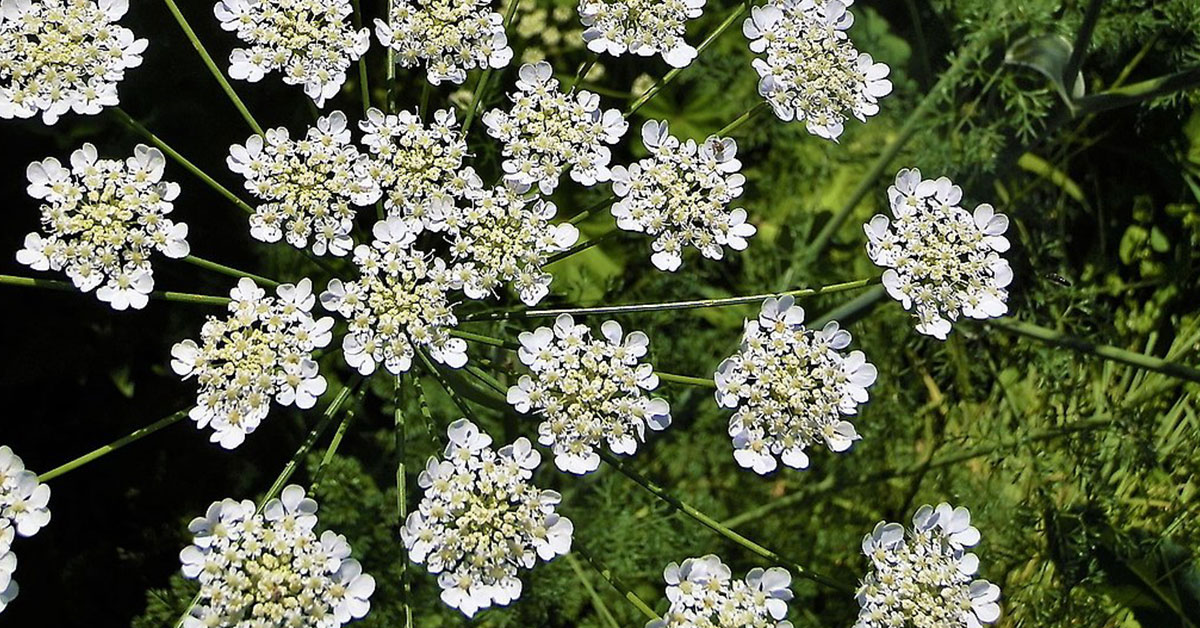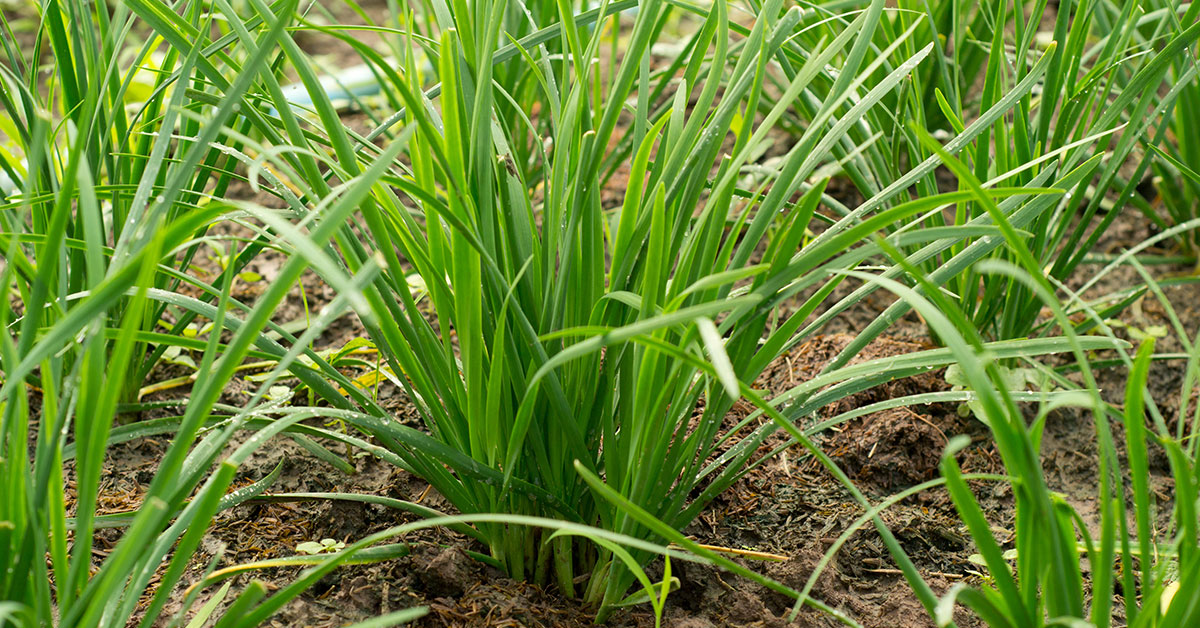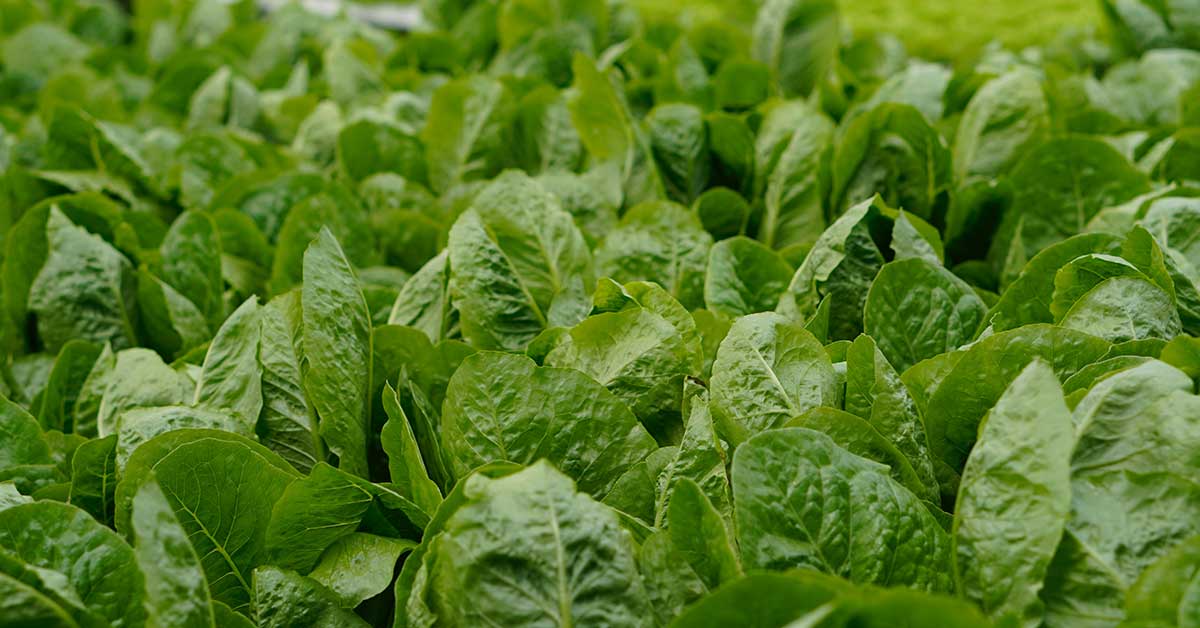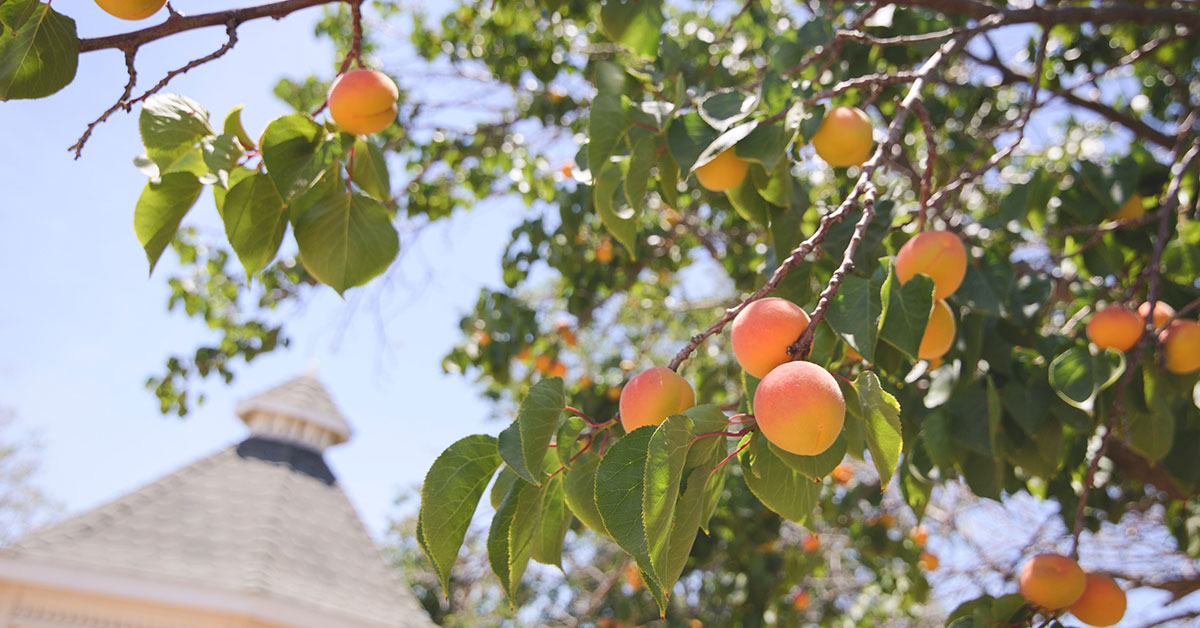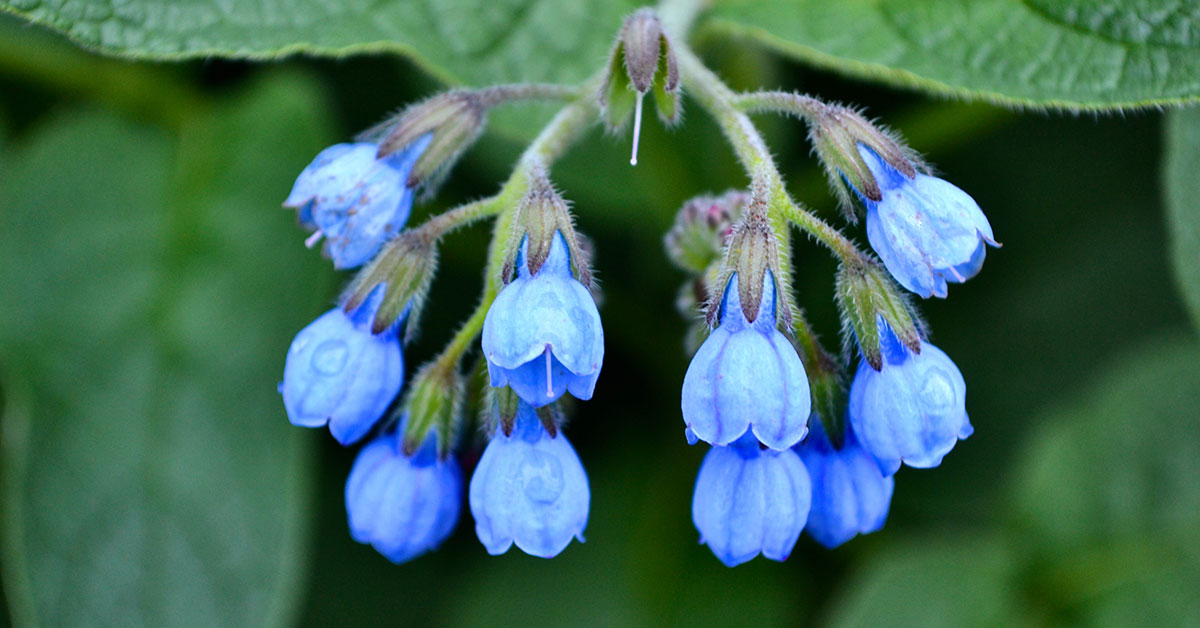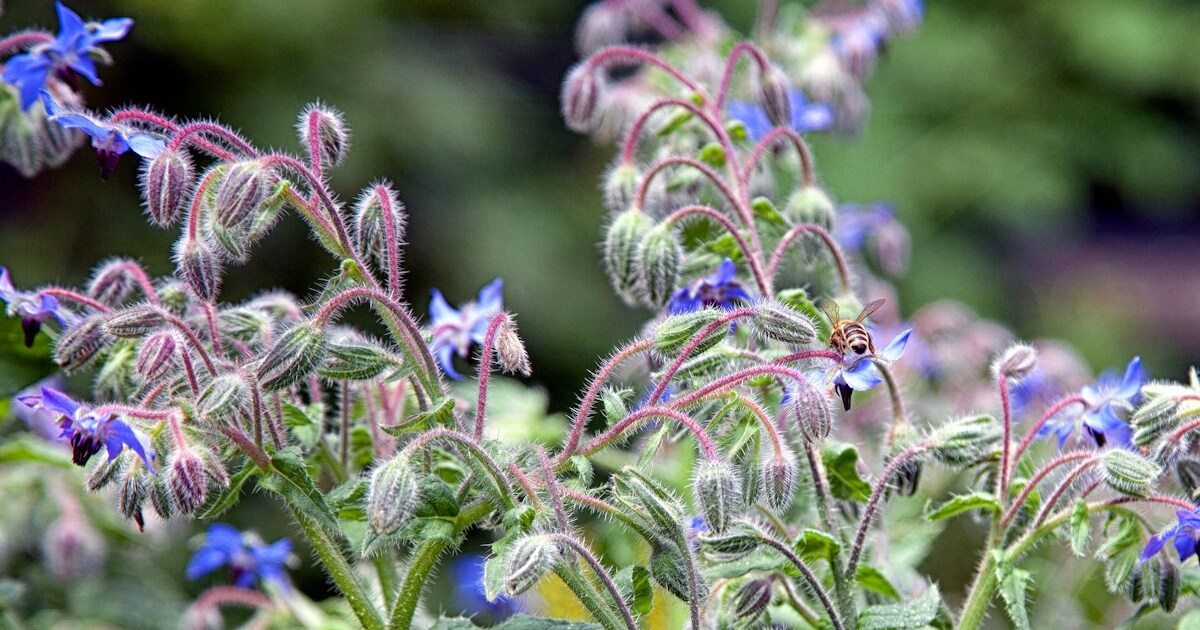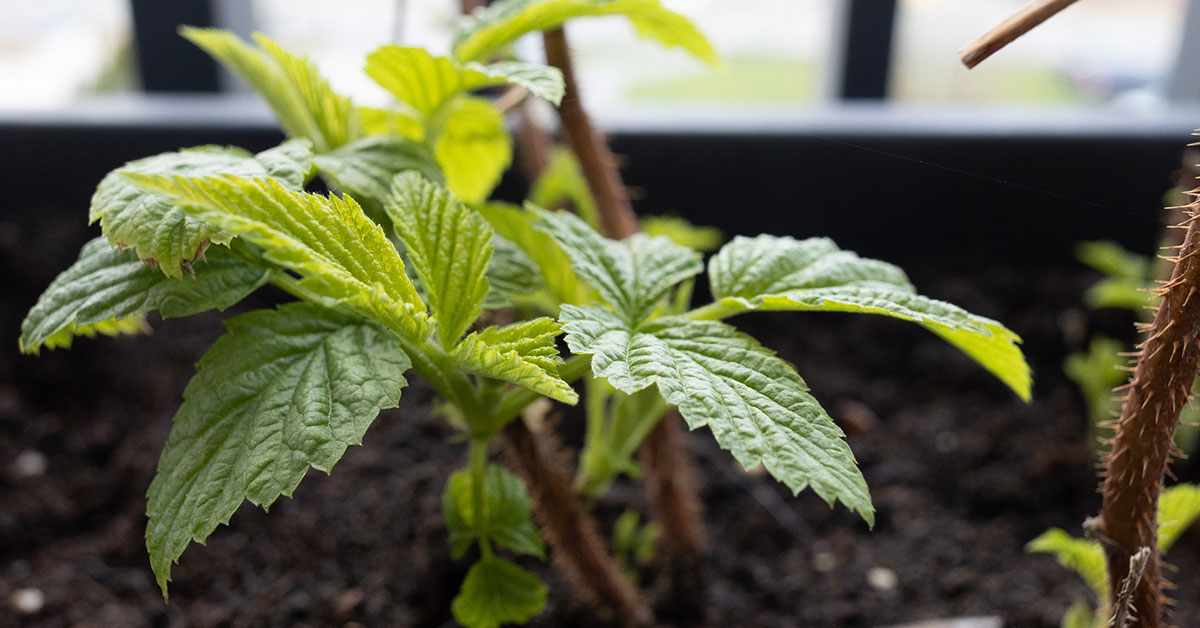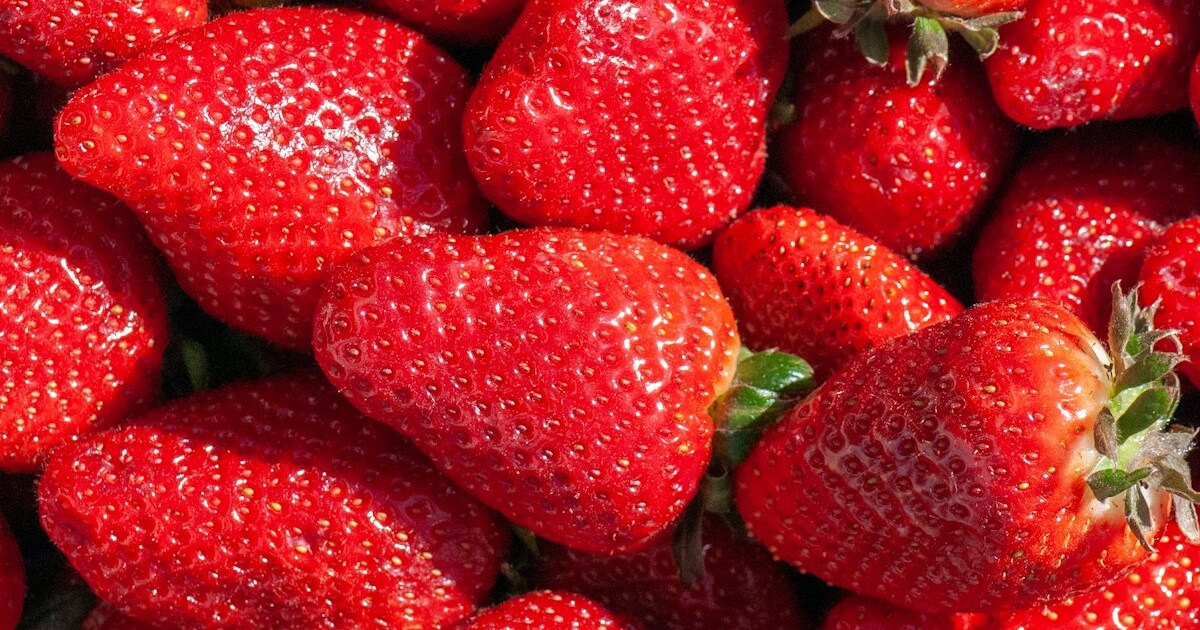Ground elder (Aegopodium podagraria) is a persistent and invasive weed that can quickly take over gardens and landscapes if left unchecked. This resilient plant spreads rapidly through its underground rhizomes, making it a formidable foe for gardeners. However, with the right strategies and a bit of persistence, it is possible to effectively get rid of ground elder and reclaim your outdoor space.
In this article, we will explore various methods and techniques that can help you tackle this problematic weed, from manual removal to chemical control options. Whether you are a seasoned gardener or a beginner, this comprehensive guide will provide you with the knowledge and tools necessary to successfully eradicate ground elder and restore the beauty of your garden.
How to get rid of ground elder
To get rid of ground elder, also known as goutweed or bishop’s weed, you can follow these steps:
- Manual removal: Start by manually removing as much ground elder as possible by digging it out with a garden fork or hand trowel. Ensure that you remove the entire root system, as even small fragments left behind can regrow.
- Smothering: Cover the affected area with a layer of thick black plastic or a heavy layer of cardboard. This will block out sunlight and prevent the ground elder from growing. Secure the covering with rocks or bricks to keep it in place. Leave it in place for several months to effectively smother the plants.
- Mulching: Once you have removed as much ground elder as possible, mulch the area with a thick layer of organic mulch. This will help to suppress any remaining plants and prevent new growth. Use materials like wood chips, bark, or straw for mulching.
- Regular maintenance: Keep the area well-maintained by regularly pulling out any new ground elder shoots that may emerge. Be persistent and continue to remove any new growth to prevent the plant from spreading further.
- Herbicides: If manual removal and smothering methods are not effective, you may consider using a glyphosate-based herbicide. Follow the instructions on the herbicide label carefully and apply it directly to the ground elder leaves. Take caution to avoid spraying desired plants, and only use herbicides as a last resort.
Remember that getting rid of ground elder may require ongoing efforts over a period of time, as it can be a persistent weed. Patience and consistent maintenance will help you successfully eliminate it from your garden.
Why get rid of ground elder?
Knowing how to get rid of ground elder is important because it is a highly invasive and persistent weed that can quickly take over your garden or yard. Here are a few reasons why it’s crucial to learn how to eradicate ground elder:
- Aggressive growth: Ground elder spreads rapidly through underground rhizomes, making it challenging to control. If left unchecked, it can quickly dominate your garden and outcompete other desirable plants.
- Competition for resources: Ground elder competes with other plants for essential resources like water, nutrients, and sunlight. Its aggressive growth can hinder the growth and survival of your desired plants, leading to a decline in their health and productivity.
- Aesthetics: Ground elder has a vigorous growth habit and spreads across the ground, forming dense, leafy mats. This can give your garden or yard an unkempt and unsightly appearance, negatively impacting its overall appeal.
- Difficulty in removal: Due to its extensive underground rhizome system, ground elder can be challenging to remove completely. If not properly eliminated, even a small remnant can regrow and reestablish the infestation.
- Preventing future infestations: Learning how to control and eliminate ground elder effectively can help prevent its recurrence in the future. This knowledge will enable you to implement preventive measures and maintain a weed-free garden or yard.
By understanding how to get rid of ground elder, you can effectively manage and mitigate its impact on your garden or yard, ensuring the health and vitality of your desired plants.
Problems with getting rid of ground elder
There are several potential problems associated with getting rid of ground elder (Aegopodium podagraria), a persistent and invasive weed. Some of these problems include:
- Persistent growth: Ground elder has an extensive root system that can make it difficult to completely eradicate. Even if you remove the top growth, the underground rhizomes can continue to sprout new plants.
- Regrowth: If any part of the rhizomes or root system is left behind, ground elder can quickly regrow and spread. This makes it important to remove the entire plant, including the roots, to prevent regrowth.
- Spreading through fragmentation: Ground elder can easily spread through fragmentation, where broken roots or rhizomes can generate new plants. Care should be taken when removing ground elder to avoid spreading it unintentionally.
- Competition with other plants: Ground elder can outcompete other plants for nutrients, water, and sunlight, leading to reduced biodiversity and weaker garden plants. It is important to remove ground elder to prevent it from overtaking desirable plants.
- Persistence in the soil: Ground elder is known to leave behind viable seeds in the soil, which can remain dormant for several years. These seeds can germinate and cause new infestations even after the initial plants have been removed.
- Chemical resistance: In some cases, ground elder can develop resistance to certain herbicides, making chemical control less effective. It is important to carefully select and use appropriate herbicides, following label instructions, and considering other non-chemical methods.
- Persistence over time: Ground elder can require long-term management and control measures. It often takes persistent efforts and multiple control methods to effectively eliminate ground elder from a garden or landscape.
It is important to note that the effectiveness of control methods may vary depending on the severity of the infestation and local conditions. It is recommended to consult with local gardening experts or professionals for specific advice on managing ground elder in your area.
Other considerations
When considering how to get rid of ground elder, there are a few additional factors to consider:
- Persistence: Ground elder can be a persistent weed, so it’s important to be prepared for a long-term battle. It may take multiple treatments and ongoing maintenance to completely eradicate it.
- Plant competition: Ground elder thrives in moist and shady areas, so improving drainage and increasing sunlight can help reduce its growth. Planting dense ground covers or other competitive plants can also help suppress its growth.
- Manual removal: Hand pulling or digging out ground elder can be effective, especially when the infestation is small. However, be sure to remove the entire root system to prevent regrowth.
- Mulching: Applying a thick layer of organic mulch, such as wood chips or straw, can help smother ground elder by blocking its access to sunlight.
- Chemical control: If manual and cultural methods aren’t effective, herbicides specifically designed for controlling broadleaf weeds may be necessary. Always follow the manufacturer’s instructions and consider using environmentally friendly options.
- Preventive measures: To prevent the spread of ground elder, be cautious when introducing new plants to your garden. Inspect them thoroughly to ensure they are free of ground elder roots or rhizomes.
- Regular maintenance: Regularly monitoring and tending to your garden can help catch ground elder infestations early and prevent them from spreading further.
- Seek professional advice: If you’re struggling to control ground elder or if the infestation is extensive, consider seeking advice from a professional gardener or horticulturist who can provide tailored recommendations based on your specific situation.


